Types of CBD – Guide Part 2
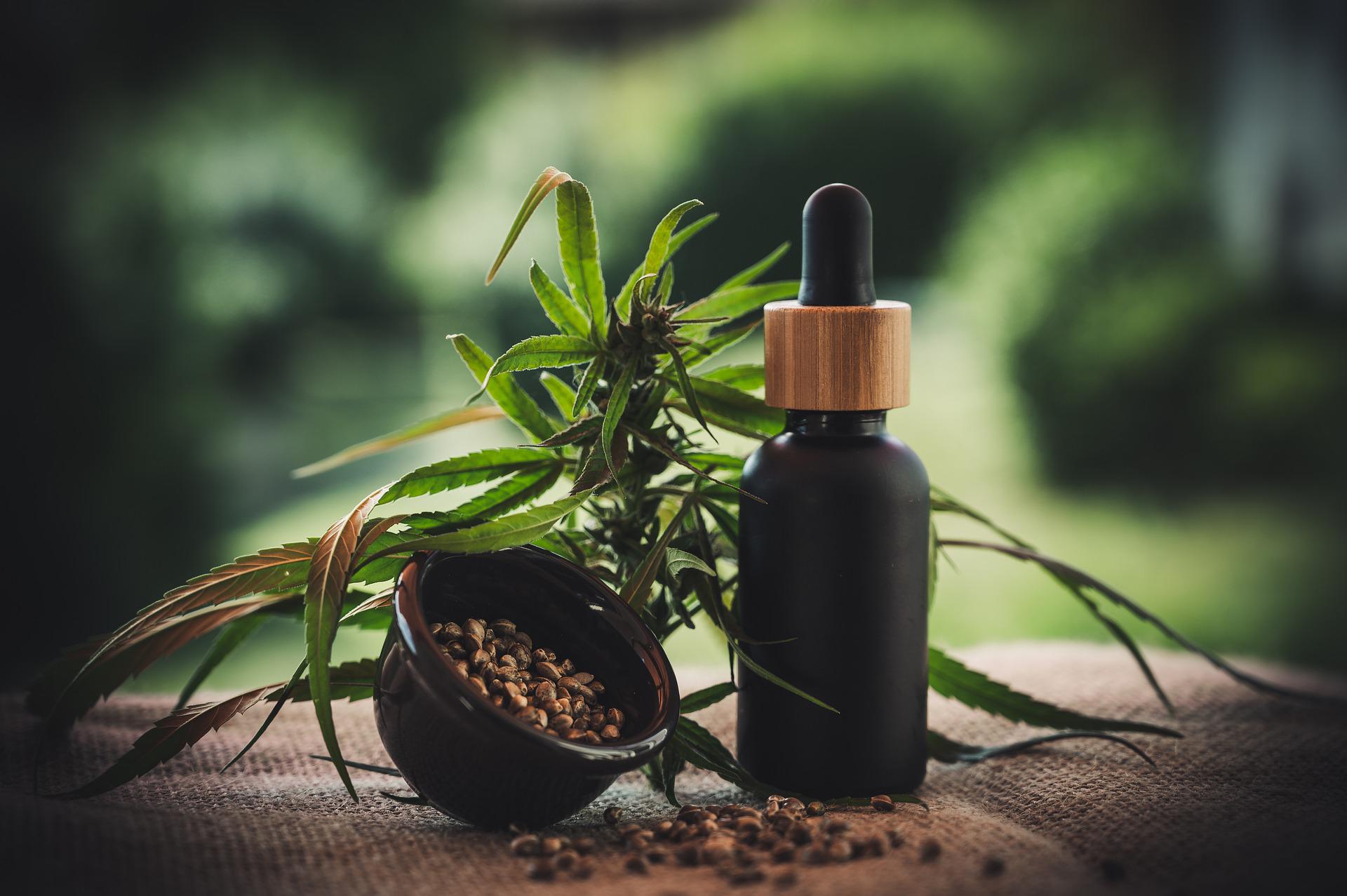
Our second part of the Guide to CBD will talk less about the different phytocannabinoids that can be found in cannabis plants and concentrate more on the CBD-derived products available on the market. Or rather – what are the different ways to classify them, how is their quality determined, and how to figure out which CBD product is best for you.
There are a lot of things to go over – the CBD therapy and holistic health markets have expanded exponentially within the last few decades, and what used to be the domain of a few hippies or new age herbalists is now evolving into a legitimate health industry, powered by well-funded tests and scientific research.
If you look at the historical use of cannabis, it’s almost shocking that the first research started in the 1940s and was revisited as late as the 1970s. This is a plant that was known for its many effects in folk medicine thousands of years ago – as proven by the many archeological finds all over the world. Where did archeologists find suggestions of ritual or medicinal use of cannabis? Here are just a few examples:
- 760 – 715 BC in an ancient shrine near Jerusalem
- The neolithic site at Yang-shao, Honan province
- 1000 BC Scythian grave in Siberia
- Ancient Assyria and Babylon
- Ancient Hindu religious rituals
Today, we perceive cannabis not only as an intoxicating psychoactive substance, but we recognize that it contains other phytocannabinoids that work with the human endocannabinoid system – they have the ability to work in tandem with our natural neurotransmitters in order to control pain, sleep, appetite, inflammation and much more. CBD also works topically – it’s used in many creams, shampoos, and salves.
All About CBD – How Legal Is It?
Both marijuana and hemp contain CBD – or cannabidiol. Unlike its cousin, THC (tetrahydrocannabinol), it is not psychoactive and not illegal. Hemp has been used for centuries for the production of fiber for ropes, lines, canvas, clothing, biofuel, shoes, bioplastics – and industrial products like tarps, paper, and carpeting.
Hemp seeds and hemp seed products are highly nutritious and have been sold in the US since 2000. It’s a product great for vegetarians because it contains high amounts of protein.
Did you know? The word “canvas” actually derives from the root word “cannabis”.
Hemp was always a major agricultural product grown for its fiber – until it was banned because of the misguided war on drugs that forbade hemp production in the 70s, despite its lack of psychoactive properties. Cheap foreign fibers replaced it. It looked and smelled like THC-containing cannabis, and the law became blind to its different chemical makeup.
By contrast, King James I decreed that every colonist had to grow hemp for export – it was a needed material in the old world. They had to produce 100 plants per person as a form of taxation on the colonies.
Today, industrial hemp production is just getting started – with many industrial-sized operations in the works in many states. The hemp produced today is used for fiber, cosmetics, and nutritional products like flour, seeds, and oil.
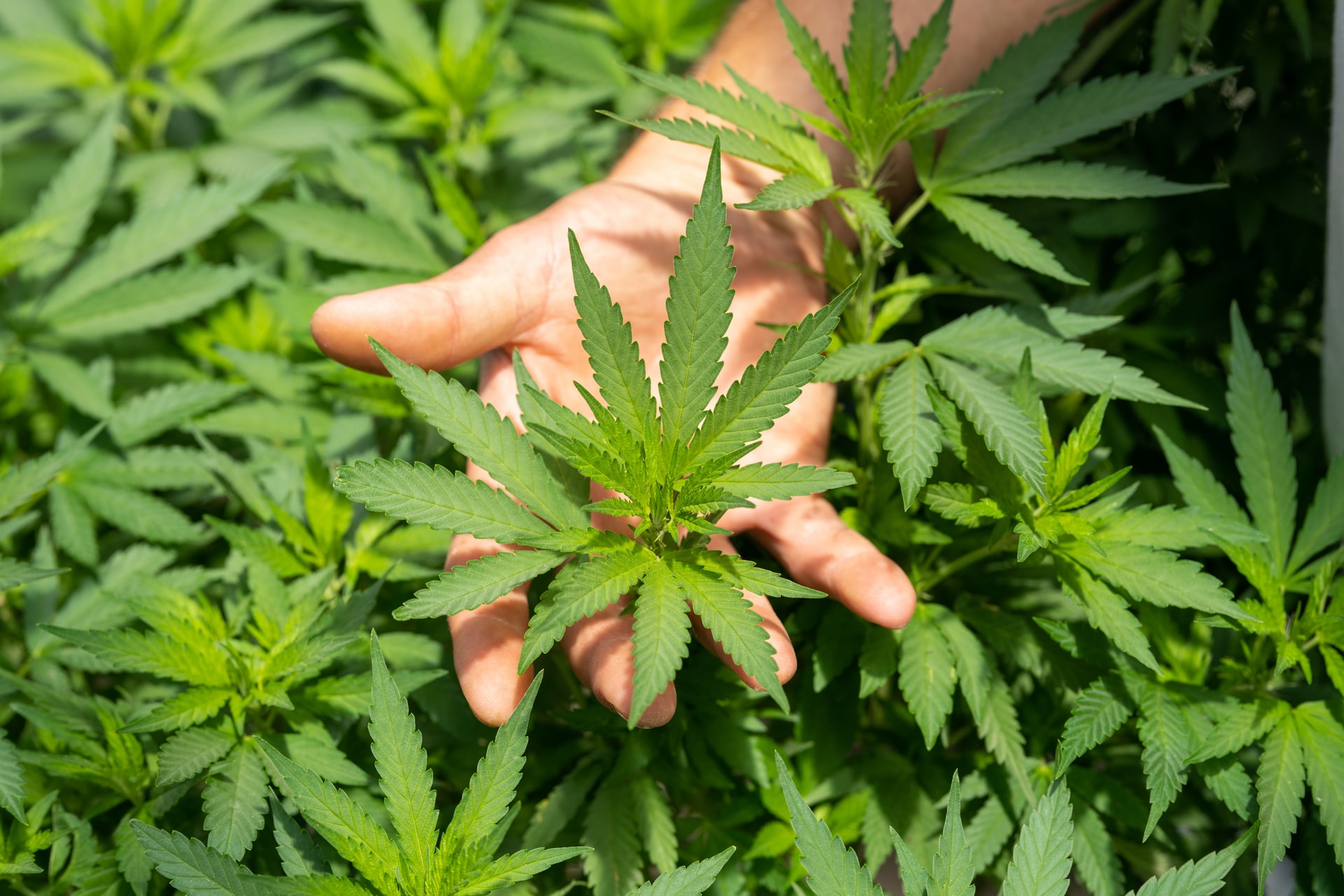
Are There Really Different Parts of CBD?
CBD comes in many forms, and every product differs. You might have heard that there are potentially different types of cannabinoids present in cannabis and hemp, and this is true – but they all have a different molecular structure, and CBD is actually a derivative of some of them breaking down under the stress of heat or UV light.
When it comes to pure CBD, there are 3 mainly recognized types:
- Full-spectrum
- Broad-spectrum
- Isolates
Different types of CBD products will have a different type of CBD present, and the effects of these products will vary – as well as the price.
What Is Full-Spectrum CBD?
In different types of scientific research, scientists named a specific effect – called the “entourage effect.” This means that cannabinoids are theorized to be most effective when acting surrounded by an entourage of other compounds present in hemp.
This may include different cannabinoid molecules, terpenes, and up to .3% of THC. The full spectrum of CBD is packed chock-full of cannabinoid compounds and extracts, making it more like a CBD smoothie.
People who use full-spectrum CBD hope the effects will be deeper than the use of isolated CBD – but the jury and scientific study conclusions are still out. The one thing people seem to agree on is that a full spectrum is a good choice if you’re looking to boost your overall wellness and target a full spectrum of areas – it’s a holistic type of CBD. People usually use it in oil form and hope to target more severe symptoms like inflammation, pain, or nerve issues.
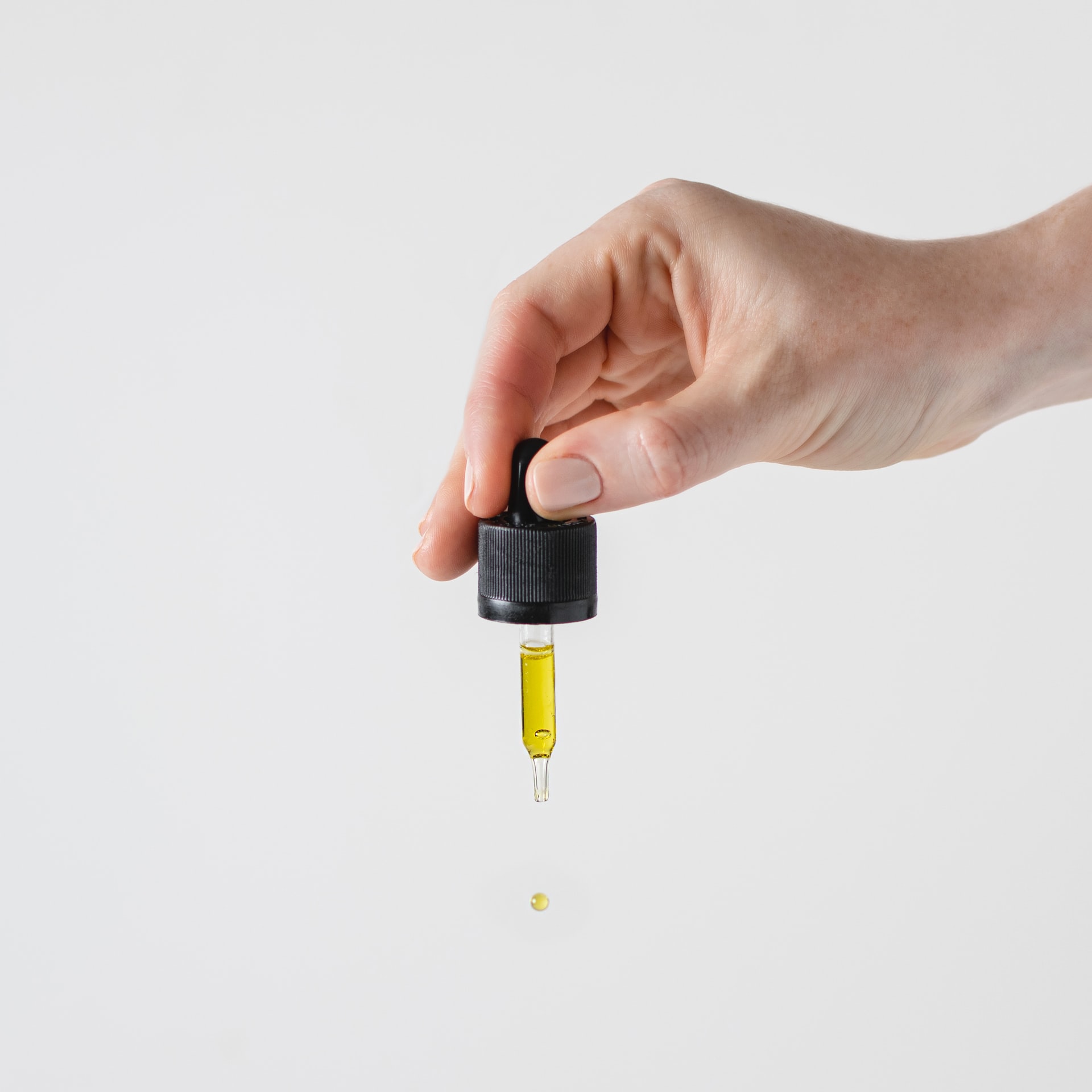
What Does Full-Spectrum CBD Contain?
As we’ve said before, this is a “smoothie”. It contains a variety of compounds, not only CBD. It contains different types of extracts in one product.
Cannabinoids – are the compounds that actively bind to the endocannabinoid receptors in the body, and affect the CB-1 and CB-2 receptors. This may have an effect on inflammation, nerve pain, joint pain, and many other functions of both the peripheral and the central nervous system. They are very active compounds in this cocktail of full-spectrum products, and both THC and CBD are cannabinoids.
The majority of cannabinoids are non-psychoactive, with larger compounds being produced by the plant, and breaking down over time to produce smaller cannabinoids like THC and CBD. This chemical breakdown of cannabinoids is either naturally occurring within the plant as a result of exposure to sunlight and UV radiation, or can be caused by manual heating or burning.
Full-spectrum CBD products can contain up to .3% of THC – not enough to get you high, but enough to produce the “entourage effect” of all the full spectrum ingredients working together.
Terpenes – terpenes are present in the majority of plants. They are essentially responsible for the smell, taste, and color of plants – it’s no surprise that especially fragrant plants like lavender are very high in terpenes. They have been known to be used in folk medicine all over the world.
There are over 150 known terpenes in cannabis oil, and as research goes on, more terpenes are discovered. Terpenes are basically unsaturated hydrocarbons, long used in phytotherapy for their medicinal effects. It’s no wonder – they are considered the most widely occurring natural compounds. Their effects include:
- Anti-inflammatory
- Anticancer
- Antiviral
- Astringent
- Digestive
- Antidiabetic
- Diuretic
- Antiplasmodial
Terpenes occur in essential oils, mostly from plants like sage, thyme, citrus fruits, and curcumin – cannabis is known for containing large amounts of different terpenes. This is why essential oils are a necessary ingredient in full-spectrum CBD oil.
Flavonoids – are another powerful compound found in a lot of plants traditionally used for their medicinal properties. They have known neuroprotective effects, as well as potentially fighting cancer and reducing inflammation. Consuming a wide range of different types of flavonoids has been linked to reduced chances of diabetes, heart disease or specific types of cancer.
Flavonoids can be found in many food products that we consume – like berries, grains, wine, leafy greens, tea, and chocolate. There are several types of flavonoids:
- Flavonols
- Flavones
- Flavan-3-ols
- Flavanones
- Anthocyanidins
- Isoflavones
There are about 20 different known flavonoids in CBD full-spectrum oil – the chances are that more will be discovered as research on CBD progresses. These flavonoids give the cannabis plant its rich dark green color.
Here are 4 main types of flavonoids found in full-spectrum CBD oils, and their effects:
Cannflavin – as the name suggests, this flavonoid is associated with cannabis. There are a few types of this compound, different ones only being discovered as recently as 2008. They are Cannflavin A, B, and C. Cannaflavin A and B were discovered in the 1980s – also quite recently when you think about ongoing historic research done on other medicinal plants. Cannflavin is responsible for the dark green color of hemp and cannabis. It’s being investigated for potential anti-inflammatory properties.
Anthocyanin – have you ever encountered a strain of cannabis that is noticeably purple? This is because anthocyanin is responsible for the deep red or royal purple color in plants like elderberries, red onions, red cabbage, pomegranates, and other red and purple plants. If you are familiar with the “eating a rainbow” concept, you know that
In studies, Anthocyanins have been known to show antioxidative and antimicrobial properties, and they are being researched into their roles in treating obesity, and have been found to have anti-diabetic and anti-cancer properties among many other possible therapeutic effects.
Research on anthocyanin is ongoing, and there are many potential discoveries ahead.
Apigenin – is found in fruits and vegetables. It’s been known to be used in Chinese medicine for centuries. These flavonoids paint plants a yellowish-green color, and chamomile tea is an example of its natural hue.
Research on Apigenin shows that it slows down cancer in the in vitro and in vivo form, and stimulates an immune response. Scientists believe that it has the potential to overcome drug resistance in cancer patients, and most research being done today is about its cancer-fighting properties.
Quercetin – this compound is bitter in taste, and you might recall actually tasting it the last time you chomped into a salad that contained bitter greens like arugula or watercress. It’s also found in apples, wine (think of the tannin taste), and many other products that we eat every day.
It’s used for illnesses like arthritis, diabetes, and bladder infections, and has been studied as a potential aid in light of the recent COVID-19 epidemic.
As you can see, although cannabis has only been studied by mainstream scientists recently, as its legal and moral status has shifted over the last few decades, there are some compounds in cannabis, like terpenes and flavonoids that have had the interest of scientists for quite some time.
This is because these compounds aren’t only found in cannabis, but in a wide variety of other plants that have always been known to have beneficial dietary and medicinal properties. In these cases, research has been possible for much longer, and we have a much-needed jump start in the knowledge about full-spectrum CBD and its effects.
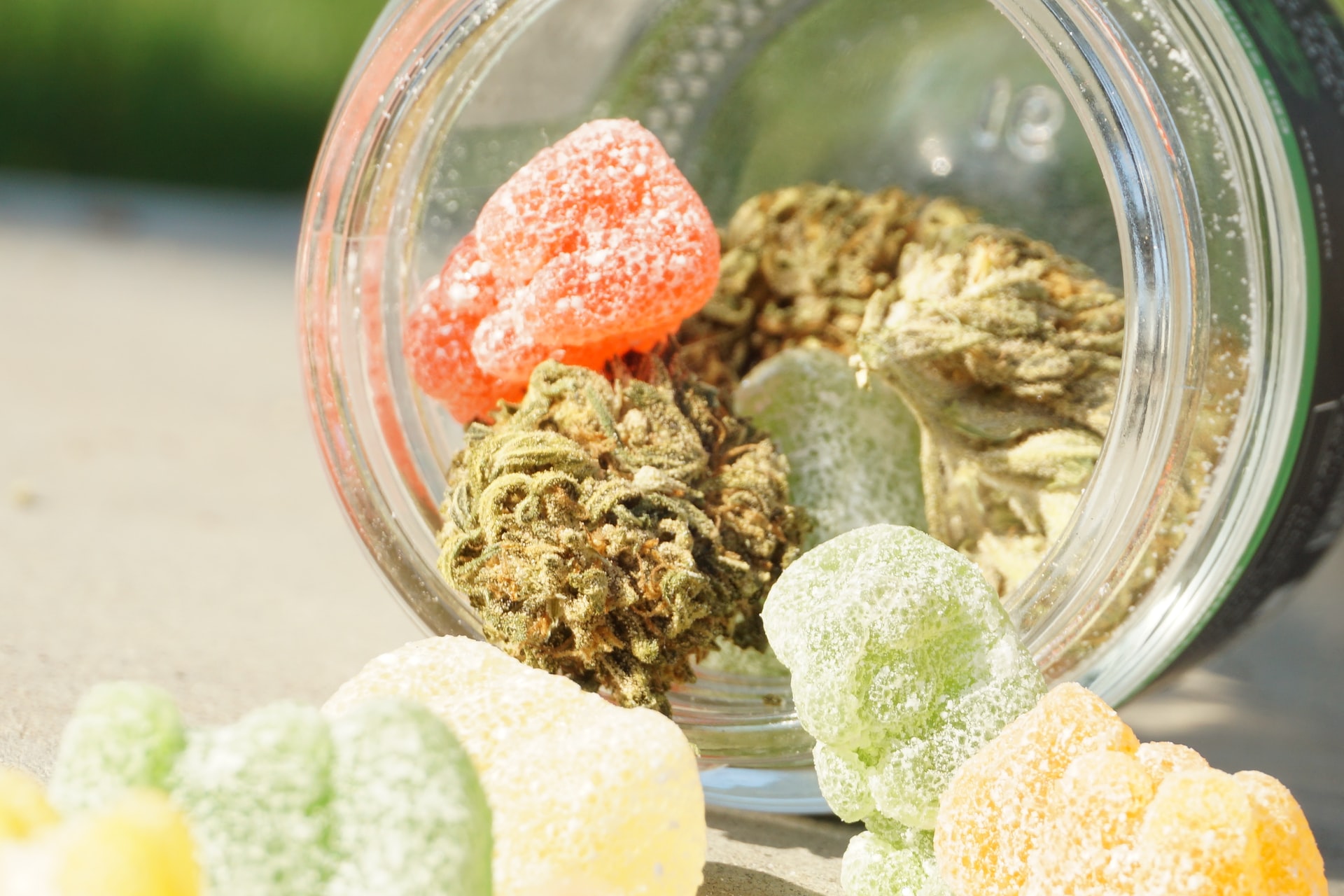
What Is Broad-Spectrum CBD?
Broad-spectrum CBD is very similar to full-spectrum CBD, with one main difference that might have an effect on any questions related to the legal status of a CBD product. Namely, while full-spectrum CBD contains a small amount of THC in order to produce a desired “entourage effect,” broad-spectrum CBD does not contain any THC. This is usually sold in states or countries where the .3% turns out to be a question of legality enough that it affects the sales of such products.
People usually buy broad-spectrum CBD products for relaxation, pain relief, or anxiety. Although THC is not present, all the other ingredients are – from the wide range of terpenes to flavonoids. This is most likely enough to produce the “entourage effect” and make use of all the different parts of different cannabinoids that are non-psychoactive, and all the other compounds that are considered medicinal and are legal everywhere.
What Is CBD Isolate?
CBD isolate is, like the name suggests, an isolated compound of CBD – in a pretty much pure form. It does not contain THC at all. It comes in powdered or crystalline form, which is tasteless and odorless. It is considered easier to consume when ground into a fine powder.
This isolate is developed specifically to work as a neurotransmitter would, affecting specific functions only, and not producing a high.
These functions are:
- Memory
- Mood
- Pain perception
- Appetite
CBD isolate may also help prevent inflammation in the body. Some scientists also believe that CBD affects other functions of the body not associated with the endocannabinoid receptors – these are associated with sleep, serotonin production, and depression.
The effects of CBD isolate are still being studied – it’s important to understand how an isolated compound works in comparison to the full-spectrum “entourage effect” created by full-spectrum CBD oils. It would be great news if scientists are able to create isolates of CBD that specifically target chronic conditions like depression, MS, or old-age-related illnesses.
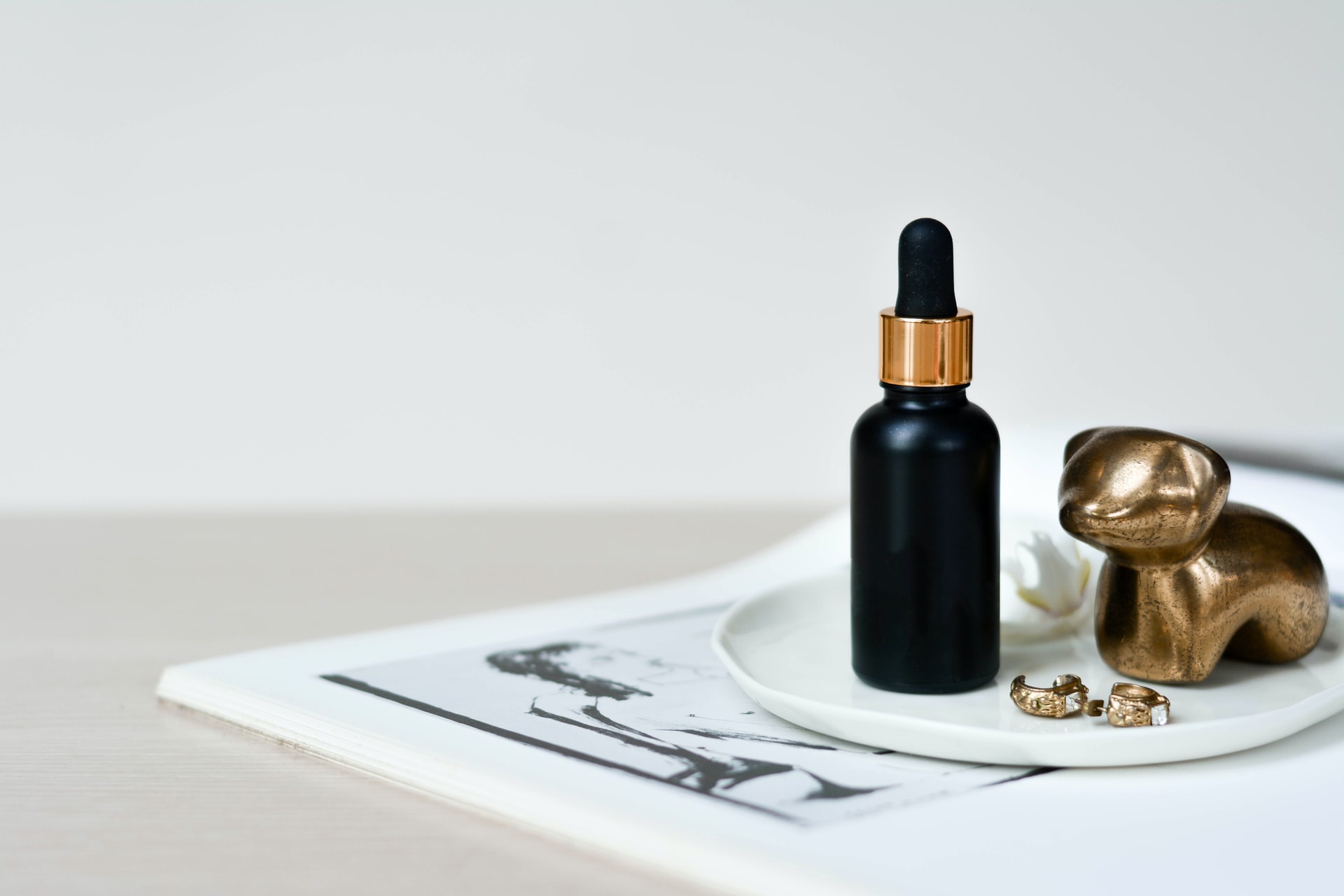
What Are the Different CBD Products Available on the Market?
There are many different products available on the market that contain full- and broad-spectrum CBD as well as isolates. There are products that can be smoked in the traditional manner, ingested as edibles, or applied topically as creams and salves, soaps, or shampoos.
Oils – the extraction method is used when producing CBD oils. This means that parts of the plant like leaves, flowers, and stems are mixed with a carrier oil. This can be a different oil depending on the quality and purpose of the product. Sometimes, hemp oil is used – an oil extracted from cannabis seeds using the cold-process method. Oils are usually consumed by placing a few drops of the liquid under your tongue.
Gummies – gummies are usually made with isolated CBD powder or a concentrated tincture because it’s easier to mix into the gummy “batter.” You can easily make gummies at home – in either the vegan or gelatin version.
Chocolates – chocolates with CBD are also easy to make at home and are a popular product to sell among boutique chocolatiers and candy makers. Chocolate is best made using CBD oils – it mixes well with the natural cocoa oils present in the chocolate. There are also other flavors that you can add to mask the “weedy” taste – like lavender or orange that go perfectly with dark chocolate.
Balms – are used to concentrate on healing certain areas of your body – when it comes to pain and inflammation. Balms and salves are usually made with a high percentage of oil, so it’s easy to create a great product and use all of its potential naturally. People usually use CBD balms and salves to help with pain, inflammation, arthritic pain, or other joint pain.
Cosmetics – face creams, body butter, conditioners, and shampoos are all very beneficial when made with CBD. They are recommended for skin conditions, and hemp oil and CBD oil are quickly becoming a proven favorite of many beauticians. People in the beauty industry are swearing by-products like CBD wrinkle creams, and creams to soothe eczema, and reduce visible signs of aging thanks to its antioxidant power.
Final Legal Words
Hemp was removed from the Controlled Substances Act in 2018. This was quite a shock – not because of the progressive nature of this move, but because of how long this took. Hemp is non-psychoactive, and it’s been on the Controlled Substances list for decades.
The easy answer is this: CBD is perfectly legal in all 50 states.
However, if you look back at the differences between different types of CBD on the market, you’ll come to realize that every state is a bit different when it comes to the type of CBD products that it allows.
Here are the states where marijuana is completely legal, making all full-spectrum CBD products legal as well:
- Washington
- Alaska
- Oregon
- Washington, D.C.
- California
- Maine
- Massachusetts
- Nevada
- Michigan
- Vermont
- Guam
- Illinois
- Arizona
- Montana
- New Jersey
- New York
- Virginia
- New Mexico
- Connecticut
All other states have separate laws concerning CBD. They might range from allowing CBD with a higher range of THC but only for medical purposes, to allowing 0.5% or 0.3% of THC within CBD oil.
Generally, 0.9% of THC is allowed in products only meant for medicinal use, and only in certain states. In other states, this percentage is 0.5%
Check which type of CBD is legal in your state, if you don’t live in the 19 states mentioned above.
If you like to learn more about CDB you can continue your reading with our Types of CBD – Guide Part 1.
DISCLAIMER
The statements expressed on this website are purely opinion of the author and not factual. These statements have not been evaluated by the Food and Drug Administration. Any products referenced on this website are not intended to diagnose, treat, cure, or prevent any disease. It’s highly suggested to consult with your medical professional prior to any use of the products referenced on this website. This website and author specifically disclaim any liability in connection with the products contained on the website.
